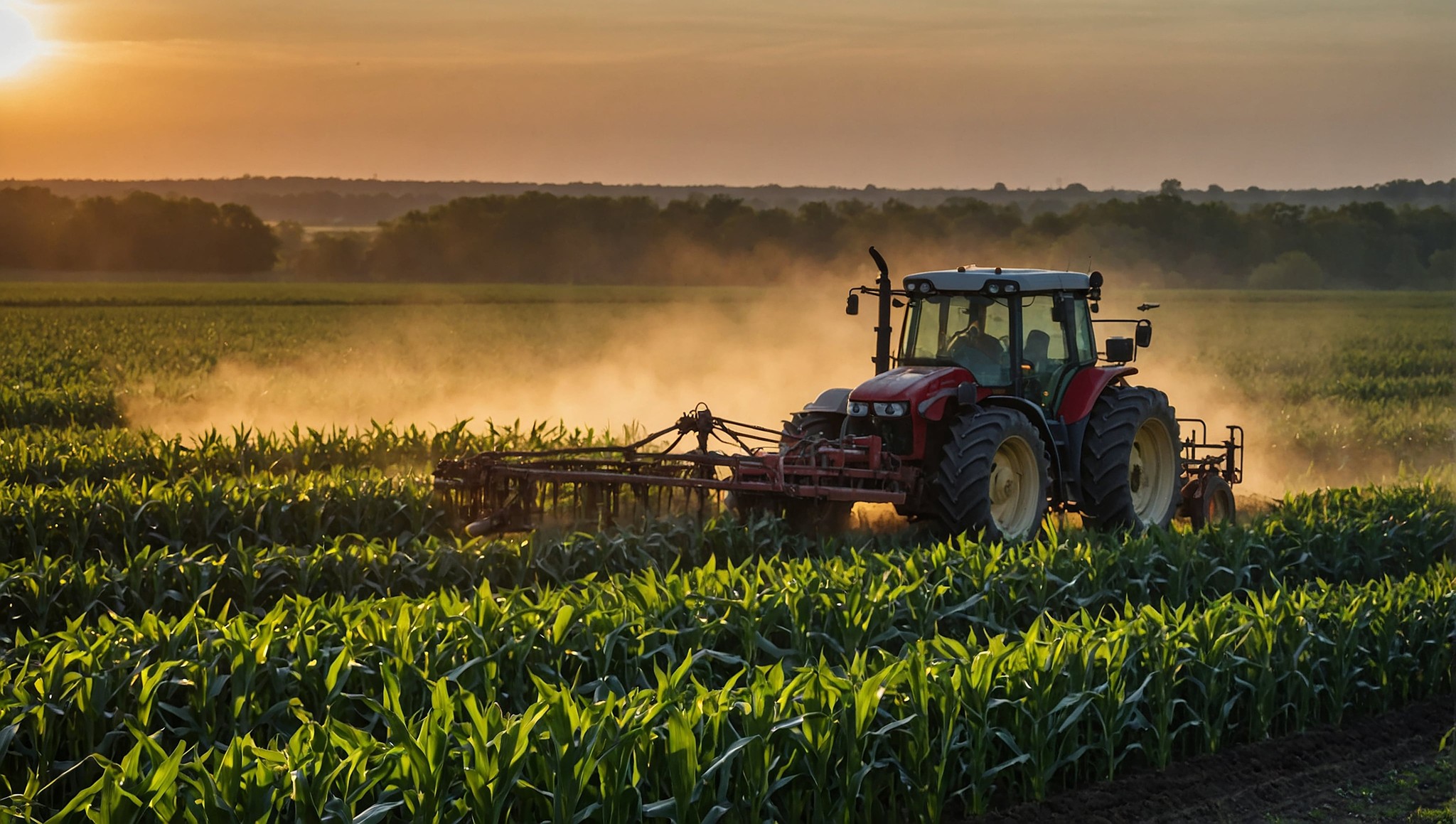Biochar
Biochar: Reviving the Earth, One Field at a Time
What is Biochar?
Biochar is a stable, carbon-rich material created by heating organic matter — such as crop residues, wood chips, or other plant material — in a low-oxygen environment, a process called pyrolysis. This process locks carbon into a solid form, preventing it from returning to the atmosphere as carbon dioxide.
What makes biochar special is its structure: under a microscope, biochar looks like a honeycomb full of tiny pores. These pores give biochar its incredible ability to store water, hold nutrients, and provide shelter for beneficial microorganisms.
Why Soil Needs Biochar
Healthy soil is alive — it’s a community of minerals, organic matter, water, air, and billions of living organisms. But modern agricultural practices, overuse of chemical inputs, and climate pressures have degraded soil across the world.
When soil loses structure and fertility, crops suffer, water drains away too quickly, and nutrients are lost before plants can use them. Biochar addresses these problems at their root.
Key benefits for soil include:
Improved Soil Structure – Biochar’s porous texture helps soils resist compaction, allowing roots to grow deeper and healthier.
Nutrient Retention – The tiny pores and high surface area hold onto essential nutrients like nitrogen, phosphorus, and potassium, keeping them available for plants instead of washing away.
Water-Holding Capacity – In sandy soils, biochar acts like a sponge, holding water for longer periods; in clay soils, it improves drainage.
Microbial Habitat – Beneficial microbes find shelter inside biochar’s pores, boosting soil biodiversity and plant health.
Long-Term Fertility – Unlike compost or manure, which break down over years, biochar remains in the soil for decades or even centuries.
Biochar and Climate Change
One of biochar’s most powerful benefits is its role in climate mitigation. The carbon stored in biochar is stable — it resists decomposition — meaning that carbon is kept out of the atmosphere for hundreds to thousands of years.
This makes biochar one of the few agricultural solutions that is both climate positive and economically viable for farmers.
A Solution Rooted in the Past, Built for the Future
Biochar is not new — ancient Amazonian farmers created “terra preta” (black earth) over 2,000 years ago by adding charred organic matter to their soils. These soils remain fertile today, proving the long-term value of this practice.
At SRC Natura, we are building on this wisdom, using modern science and technology to make biochar accessible to farmers everywhere.
Biochar in Action: Results We’ve Seen
In farms that adopt biochar, we’ve observed:
20–40% higher crop yields over multiple seasons.
Dramatic reduction in fertilizer needs.
Improved resilience during drought periods.
Visible recovery of degraded soils within 1–2 years.





